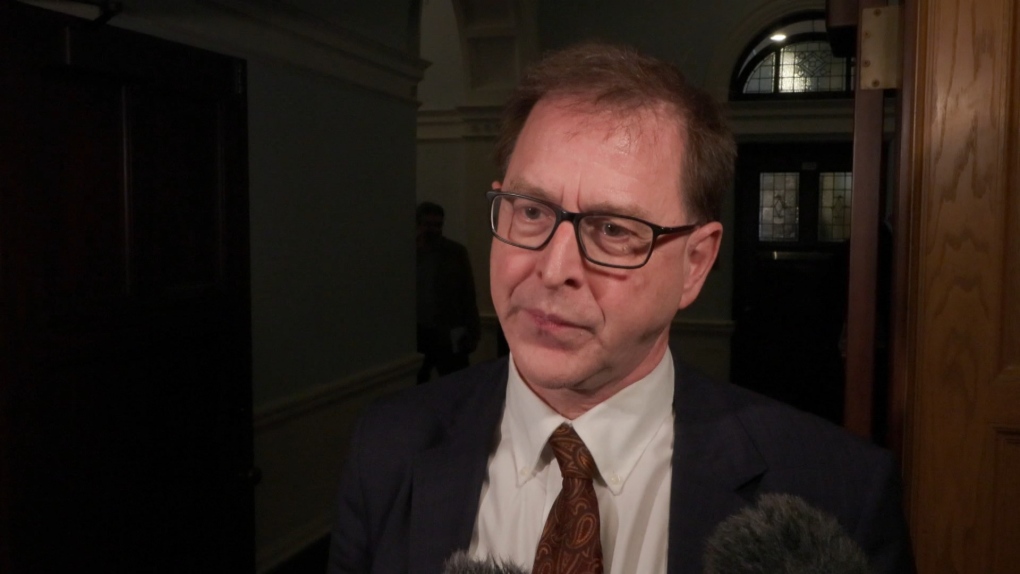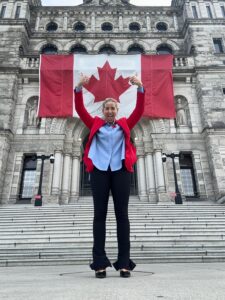B.C. Health Minister Adrian Dix listens to a reporter’s question at the provincial legislature on Wednesday, Feb. 21, 2024. (CTV)
British Columbia walk-in clinics have the longest wait times in Canada, but the provincial health minister says the province has made “extraordinary progress” in providing primary care and is a model for the rest of the country.
Medimap – which is used by walk-in clinics in six provinces to publish information about their wait times – shared its annual Wait Time Index(opens in a new tab) report on Wednesday.
According to the company, Canadians waited – on average – 68 minutes to see a doctor at a walk-in clinic in 2023. That was nearly double the average wait time Medimap recorded in 2022, which was 37 minutes.
In B.C., the average wait time rose from 79 minutes in 2022 to 93 minutes last year, according to Medimap.
RELATED STORIES
- B.C. has gained 708 family doctors over the last year. Here’s where they’re working
- More than 80% of family physicians in B.C. have signed up for new payment model, health minister says
- North Vancouver specialists say hiring physician assistants would reduce ever-growing waitlists
The company’s CEO Thomas Jankowski attributed B.C.’s performance to some of the province’s efforts to improve primary care in recent years.
“B.C. has an unusual problem on its hands,” Jankowski said in a statement announcing this year’s report.
“Recent changes to the physician payment model have resulted in some walk-in clinics actually closing, exacerbating the very problem the change was trying to address. So while some people are getting better, more encompassing care if they get rostered at a medical clinic, those without one sometimes end up suffering more.”
Earlier this month, B.C. Health Minister Adrian Dix touted the new physician payment model as part of the reason 708 more doctors were practising longitudinal family medicine this year than last.
More than 80 per cent of family doctors in the province have signed up for the new payment model, Dix said at the time.
He also said there are 237 new-to-practice doctors who have chosen family medicine, a figure that suggests the remaining 471 were moving into family practice from other health-care specialties, whether within the public system or outside it.
Asked about Medimap’s report at the legislature on Wednesday, Dix acknowledged Jankowski’s comments about the province’s payment model, reframing them as a positive reflection on the direction of the province’s health-care system.
“(The Medimap report is saying) the very success of our recruitment of family doctors may have an impact on episodic care,” Dix said. “And we’re working on that as well.”





